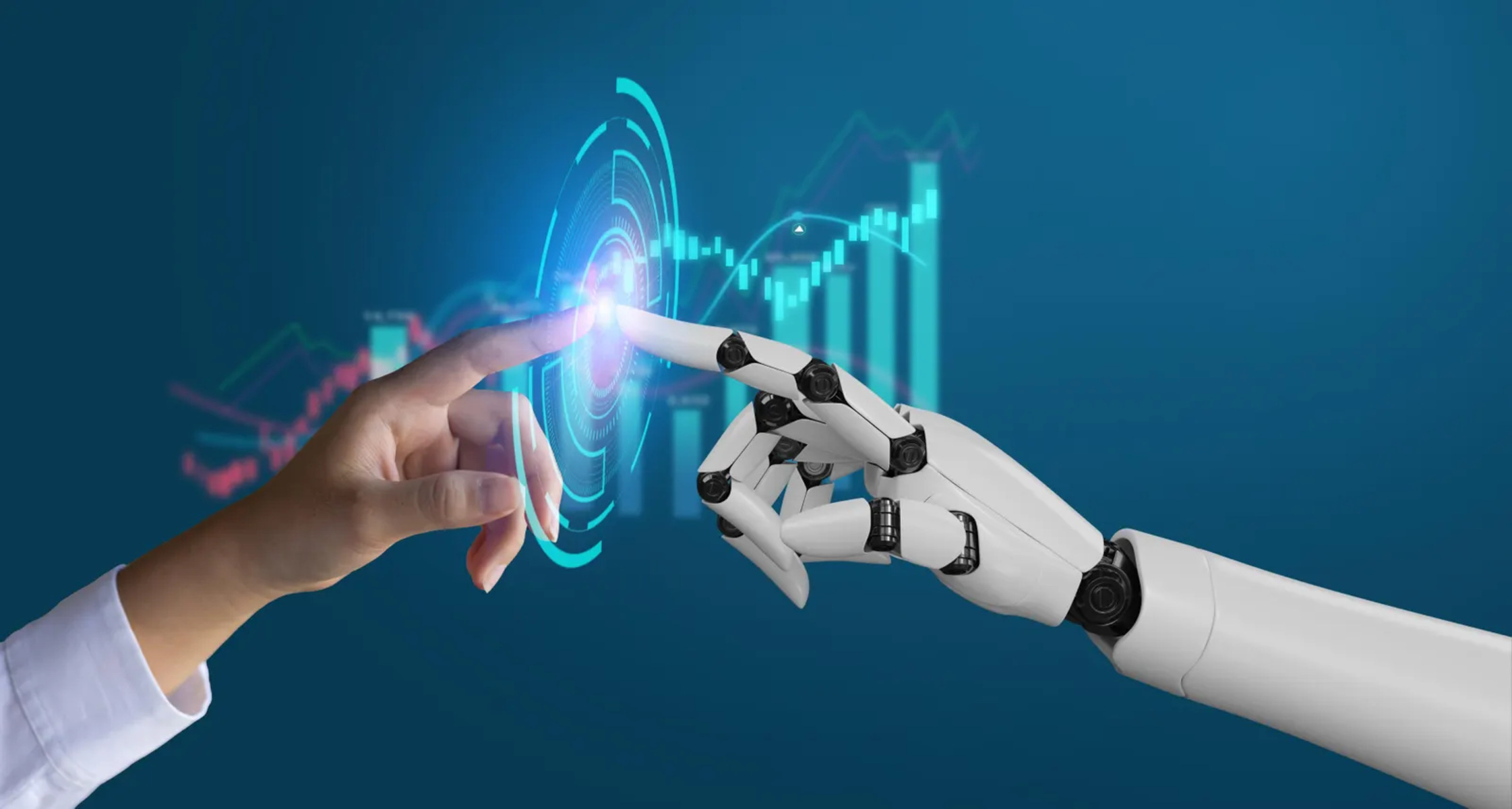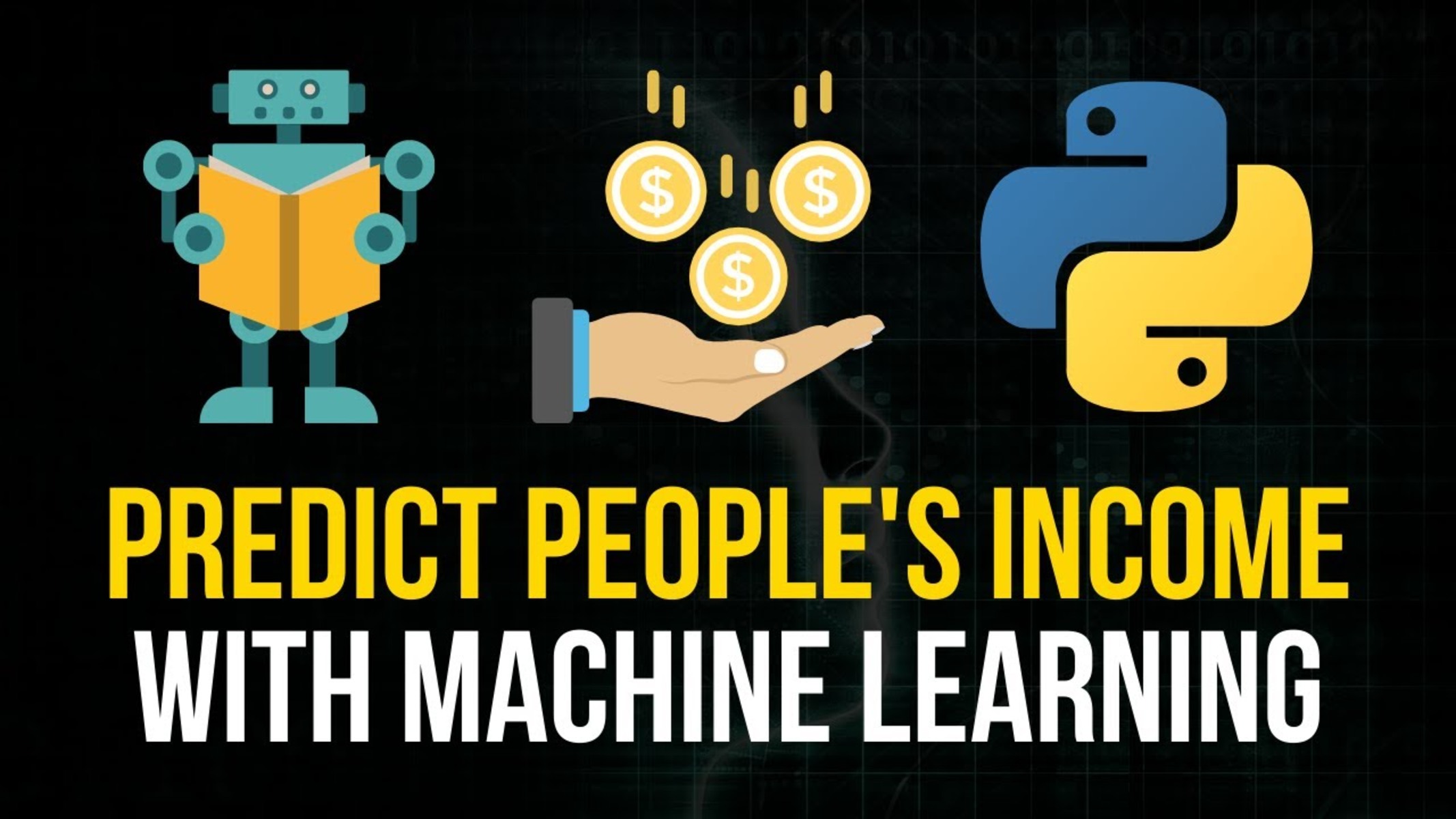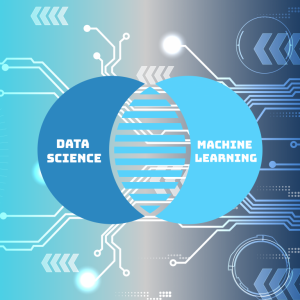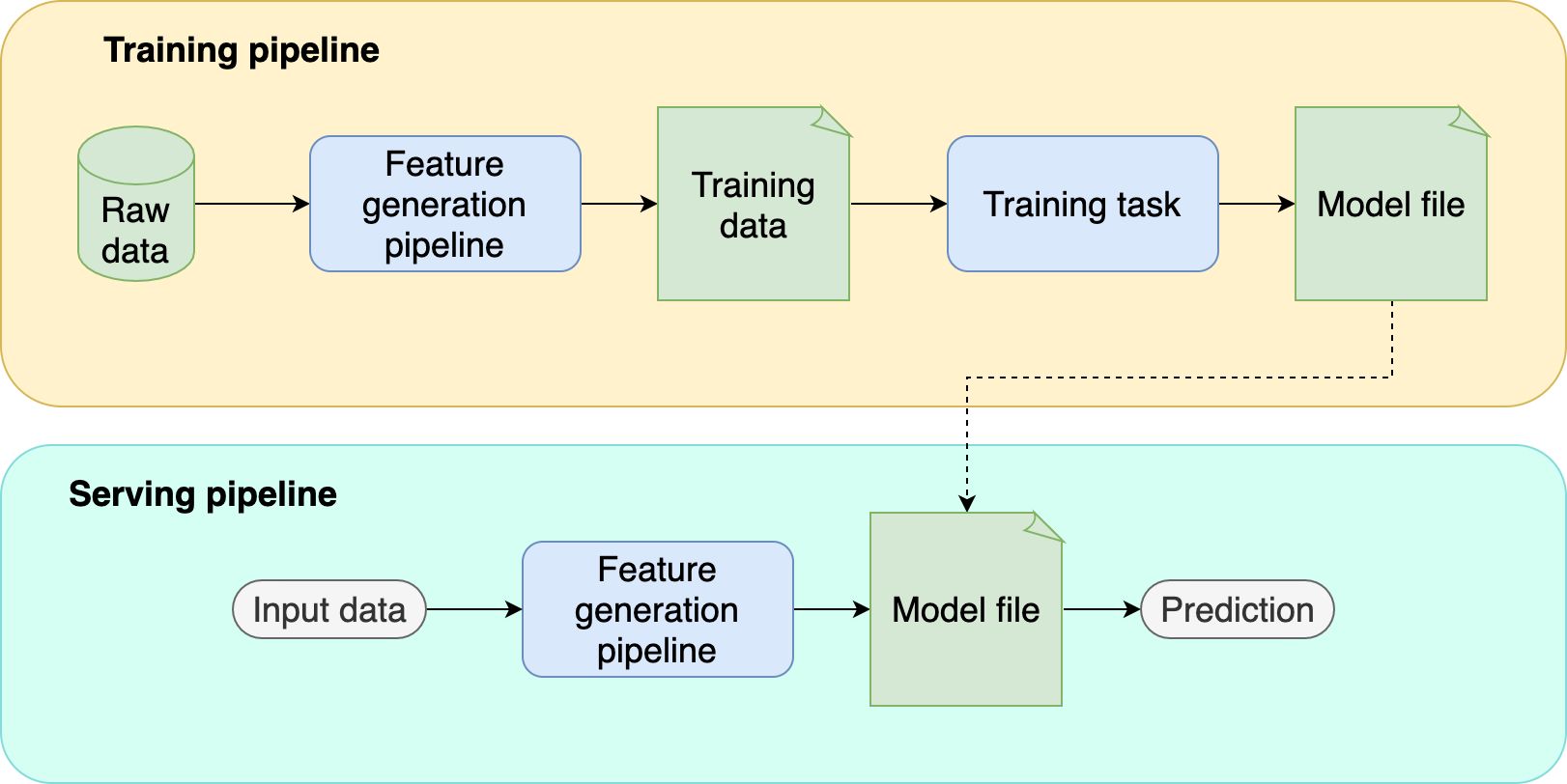Introduction
Welcome to the world of time series in machine learning! Time series analysis plays a crucial role in extracting valuable insights from data that is organized in a chronological order. It is a powerful technique that helps us understand patterns, trends, and seasonality in data, leading to effective prediction and forecasting.
In the realm of machine learning, time series analysis has gained significant attention due to its applicability in various domains. Whether it’s predicting stock prices, forecasting sales for a retail company, or analyzing weather patterns, time series models can provide valuable insights and assist in making informed decisions.
But what exactly is a time series? In simple terms, a time series is a sequence of data points collected at regular intervals over a period of time. It can be seen as a temporal dataset where each observation is associated with a specific timestamp. Examples of time series data include historical stock prices, daily temperature recordings, and monthly sales figures.
The main goal of time series analysis is to understand the underlying patterns and dependencies that exist in the data. This allows us to make accurate predictions and forecasts based on past observations. Machine learning models applied to time series data can capture complex patterns and relationships, enabling businesses to optimize their operations and make data-driven decisions.
In this article, we will explore the fundamentals of time series analysis in machine learning. We will dive into the definition of time series, its applications, and the components that make up a time series. We will discuss the steps involved in preparing and cleaning time series data, as well as techniques for exploratory data analysis. Moreover, we will explore different time series forecasting methods and learn how to evaluate the performance of our models.
By the end of this article, you will have a solid understanding of time series analysis in machine learning and be equipped with the necessary knowledge to tackle real-world time-dependent problems. So let’s embark on this journey into the fascinating world of time series!
Definition of Time Series
Before delving deeper into the intricacies of time series analysis, it is essential to understand the concept of a time series. In simple terms, a time series is a sequence of data points collected at regular intervals over a period of time. Each data point in a time series is associated with a specific timestamp, making it a chronological dataset.
Time series data can be found in various domains, such as finance, economics, healthcare, weather, and many more. For instance, in finance, stock prices are recorded at regular intervals throughout the day or over a longer time span. In weather forecasting, meteorological measurements like temperature, humidity, and wind speed are captured at regular time intervals.
The time dimension in a time series distinguishes it from other forms of data analysis. It allows us to analyze data patterns and trends over time, uncover seasonality and cyclic behavior, and make future predictions based on past observations. By examining the sequential relationship between data points, we can uncover meaningful insights and leverage them for decision-making.
There are two primary types of time series: univariate and multivariate. In univariate time series, only a single variable is recorded at each time step. For example, a univariate time series could consist of only the daily closing prices of a stock. On the other hand, multivariate time series involve multiple variables recorded at each time step. In the case of financial data, a multivariate time series may include the daily closing prices, trading volume, and market sentiment of a stock.
Time series data often exhibits various patterns and characteristics. Some of the key features of time series include trends, which refer to the long-term upward or downward movement of the data; seasonality, which relates to predictable patterns that repeat over a fixed time period; and noise or randomness, which represents the unpredictable fluctuations in the data that cannot be explained by trends or seasonality.
In summary, a time series is a sequence of data points collected at regular intervals over time. It provides a valuable source of information for understanding patterns, trends, and dependencies in the data. By leveraging time series analysis techniques, we can uncover hidden insights and utilize them for forecasting, prediction, and decision-making.
Applications of Time Series in Machine Learning
Time series analysis has become increasingly important in machine learning due to its wide range of applications and its ability to extract valuable insights from temporal data. Let’s explore some of the key areas where time series analysis is extensively utilized.
1. Forecasting and Prediction: Time series analysis is commonly used for forecasting future values based on past observations. This is particularly useful in financial markets for predicting stock prices or analyzing market trends. In addition, time series forecasting is applied in demand forecasting for inventory management, energy consumption prediction for optimizing resource allocation, and traffic prediction for efficient transportation planning.
2. Anomaly Detection: Time series data can help identify and detect anomalies or outliers. Anomalies can be indicative of fraudulent activities, network intrusions, or equipment failures. By analyzing historical patterns and deviations from normal behavior, machine learning algorithms can detect and alert when unusual events occur, allowing for proactive measures and timely decision-making.
3. Signal Processing: Time series analysis plays a crucial role in signal processing applications such as speech recognition, audio processing, and image analysis. By studying the temporal patterns in signals, machine learning models can extract features, classify different signals accurately, and enhance the quality of captured data.
4. Environment and Climate Analysis: Time series analysis is invaluable in weather forecasting, climate modeling, and environmental monitoring. By analyzing historical weather data, researchers and meteorologists can predict future climate patterns, understand the impact of climate change, and make informed decisions in areas such as agriculture, disaster management, and urban planning.
5. Healthcare and Medicine: Time series analysis plays a critical role in healthcare for tasks such as patient monitoring, disease prediction, and drug response prediction. By analyzing physiological signals, such as heart rate, blood pressure, and ECG patterns, machine learning algorithms can aid in early detection of diseases, personalized medicine, and improving patient outcomes.
6. Social Media and Sentiment Analysis: Time series analysis can be applied to social media data to analyze trends in user engagement, sentiment, and topics. By monitoring social media feeds in real-time, businesses can gain insights into customer preferences, track brand reputation, and optimize their marketing strategies accordingly.
These are just a few examples of how time series analysis is applied in machine learning. Its versatility and wide-ranging applications make it a fundamental tool for extracting knowledge from temporal data and empowering decision-making in various domains.
Components of Time Series
To effectively analyze and model time series data, it is essential to understand the different components that contribute to the overall behavior of the series. A time series can be decomposed into several distinct components, each representing a different underlying pattern or characteristic. Let’s explore the key components of a time series.
1. Trend: The trend component represents the long-term movement or direction of the time series. It captures the overall upward or downward pattern in the data over an extended period. Trends can be linear, indicating a steady increase or decrease, or nonlinear, showing more complex patterns. Identifying and modeling the trend component is crucial for understanding the underlying behavior of the time series.
2. Seasonality: Seasonality refers to regular and predictable patterns that occur at fixed intervals. It usually repeats over a shorter time period, such as daily, weekly, or monthly. Seasonality can be observed in various domains, such as retail sales, weather data, or website traffic. Identifying and accounting for seasonality is crucial for accurate forecasting and understanding the cyclic behavior of the time series.
3. Cyclical: The cyclical component represents longer-term fluctuations that are not as regular as seasonality. Cyclical patterns are often influenced by economic, social, or political factors and can span several years or even decades. Unlike seasonality, cyclical patterns do not repeat in fixed intervals, making them harder to predict. Identifying and understanding cyclical behavior can provide insights into the broader trends and influences affecting the time series.
4. Irregular or Random: The irregular or random component represents the unpredictable and erratic fluctuations in the time series that cannot be explained by trends, seasonality, or cyclical patterns. These random variations can occur due to various factors, such as measurement errors, unforeseen events, or external factors that impact the data. The irregular component is often modeled as noise or residuals in time series analysis.
By decomposing a time series into its underlying components, we gain a deeper understanding of its behavior and can apply appropriate analysis techniques for each component. This decomposition helps us remove the trend and seasonality to focus on the cyclical and irregular components or isolate specific patterns that are of interest for further analysis.
Understanding and modeling the different components of a time series is essential for accurate forecasting, anomaly detection, and decision-making. By capturing and analyzing these components, we can gain valuable insights into the underlying patterns, trends, and dependencies within the data.
Preparing and Cleaning Time Series Data
Before diving into the analysis and modeling of time series data, it is crucial to ensure that the data is properly prepared and cleaned. Time series data can be prone to various issues, such as missing values, outliers, and irregular time intervals. Let’s explore the key steps involved in preparing and cleaning time series data.
1. Handling Missing Values: Time series data often contains missing values, which can occur due to various reasons such as sensor malfunctions, data collection errors, or simply the absence of data for a specific time point. It is essential to handle these missing values appropriately to ensure accurate analysis. This can involve techniques such as imputation, where missing values are filled in using interpolation, mean substitution, or machine learning algorithms trained on the available data.
2. Dealing with Outliers: Outliers in time series data can significantly impact the analysis and modeling results. Outliers can be caused by measurement errors, data entry mistakes, or rare and abnormal events. It is important to identify and handle these outliers appropriately. This can involve techniques such as using statistical methods like the z-score or using machine learning algorithms to identify and remove or transform outliers to minimize their impact on the analysis.
3. Resampling and Interpolation: Time series data collected at different frequencies or with irregular time intervals can pose challenges in the analysis. In such cases, resampling techniques can be used to change the frequency of the data to a desired level, such as aggregating hourly data to daily or monthly data. Additionally, interpolation methods can be applied to fill in missing values or to create a regular time grid for the analysis.
4. Handling Seasonality: Seasonality is a common characteristic of time series data and needs to be properly addressed before analysis. This can involve techniques such as deseasonalizing the data by removing the seasonal component to focus on the underlying trend or using seasonal adjustment techniques such as seasonal decomposition or seasonal differencing to account for the seasonality in the data.
5. Normalizing and Scaling: Time series data may have different scales and units, making it challenging to compare and analyze. To ensure fair comparisons and model performance, it is often necessary to normalize or scale the data. This can involve techniques such as min-max scaling, z-score normalization, or logarithmic transformation to bring the data to a comparable range.
By properly preparing and cleaning time series data, we ensure the integrity and quality of the data for further analysis and modeling. These steps help address common issues such as missing values, outliers, irregular time intervals, and differing scales, enabling us to obtain accurate and reliable insights from the data.
Exploratory Data Analysis (EDA) of Time Series Data
Exploratory Data Analysis (EDA) is a crucial step in understanding the characteristics and patterns present in time series data. EDA helps uncover insights, identify trends, and validate assumptions before applying complex modeling techniques. Let’s explore the key aspects of performing EDA for time series data.
1. Visualizing Time Series: Visualizing time series data is an effective way to gain initial insights and understand the overall behavior. Line plots, scatter plots, and histograms can be used to visualize the patterns, trends, and distributions of the data. Additionally, plotting seasonal subseries and lag plots can help identify seasonality and autocorrelation in the data, respectively.
2. Identifying Trends: EDA helps identify trends or patterns present in the time series. By visually inspecting the data or applying statistical techniques such as moving averages or exponential smoothing, trends can be extracted and analyzed. Trends can be categorized as upward, downward, or stationary, and understanding them is crucial for modeling and forecasting.
3. Detecting Seasonality: Seasonality is another important aspect of time series analysis. EDA helps detect recurring patterns and cycles within the data. Seasonal subseries plots, autocorrelation plots, and spectral analysis techniques can be used to examine the presence and strength of seasonality in the time series.
4. Assessing Stationarity: Stationarity refers to the statistical properties of a time series remaining constant over time. EDA helps assess the stationarity of the data, which is crucial for many time series modeling techniques. Stationarity can be tested using statistical tests such as the Augmented Dickey-Fuller (ADF) test or by visually inspecting plots of rolling means and standard deviations.
5. Examining Autocorrelation: Autocorrelation refers to the correlation of a time series with its own lagged values. EDA helps identify the presence of autocorrelation and determine the lag at which it occurs. Autocorrelation plots (ACF plots) and partial autocorrelation plots (PACF plots) are commonly used techniques to examine the autocorrelation structure of the time series.
6. Handling Seasonal and Irregular Components: EDA helps identify the specific characteristics of the seasonal and irregular components of the time series. By decomposing the time series into its components, as discussed earlier, we can analyze each component separately and understand their contribution to the overall behavior.
EDA plays a crucial role in gaining a deeper understanding of the time series data. It helps identify patterns, trends, seasonality, and autocorrelation, allowing us to make informed decisions about the appropriate modeling techniques and strategies to apply for forecasting and prediction tasks.
Time Series Forecasting Methods
Time series forecasting is the process of predicting future values based on historical observations. There are various methods and techniques available for forecasting time series data, each with its own strengths and limitations. Let’s explore some of the commonly used time series forecasting methods.
1. Naive Forecasting: Naive forecasting is the simplest method that assumes future values will be the same as the most recent observed value. This method is often used as a baseline for comparison with other forecasting models.
2. Moving Averages: Moving averages involve calculating the average of a subset of recent observations to forecast future values. Different types of moving averages, such as simple moving average (SMA) and exponential moving average (EMA), can be used depending on the specific requirements of the time series.
3. Autoregressive Integrated Moving Average (ARIMA): ARIMA models are widely used for time series forecasting. They capture the autoregressive (AR), integrated (I), and moving average (MA) components of the data. ARIMA models require stationarity and can handle trends and seasonality, making them highly flexible.
4. Exponential Smoothing: Exponential smoothing methods, such as Simple Exponential Smoothing (SES), Holt’s Linear Exponential Smoothing, and Holt-Winters’ Seasonal Exponential Smoothing, are popular for forecasting time series. These methods assign exponentially decreasing weights to past observations, giving more importance to recent values.
5. Auto-regressive Integrated Moving Average with Exogenous Variables (ARIMAX): ARIMAX models extend ARIMA models by incorporating additional exogenous variables that can influence the time series. This is particularly useful when there are external factors or predictors that can impact the future values of the time series.
6. Vector Autoregression (VAR): VAR models are used when multiple time series variables are related and influence each other. VAR models estimate the relationship between multiple variables and can be used to forecast the future values of each variable in the system.
7. Machine Learning Algorithms: Machine learning algorithms, such as Random Forests, Support Vector Machines (SVM), and Neural Networks, can also be applied for time series forecasting. These algorithms can capture complex patterns and relationships in the data, but may require more training data and computational resources.
The choice of forecasting method depends on the specific characteristics of the time series, such as its trend, seasonality, and other underlying patterns. It is often recommended to compare the performance of multiple methods and select the one that yields the most accurate and reliable forecasts for a given dataset.
Evaluating Time Series Models
Evaluating the performance of time series models is crucial to assess their accuracy and reliability in forecasting future values. There are several evaluation metrics and techniques that can be used to measure the effectiveness of a time series model. Let’s explore some commonly used methods for evaluating time series models.
1. Mean Absolute Error (MAE): MAE measures the average magnitude of errors between the predicted and actual values. It is calculated as the average absolute difference between the predicted and actual values. A lower MAE indicates better model performance.
2. Mean Squared Error (MSE): MSE is another widely used metric that measures the average squared difference between the predicted and actual values. It penalizes large errors more than MAE. A lower MSE indicates better model performance.
3. Root Mean Squared Error (RMSE): RMSE is the square root of MSE and provides an interpretable scale for the errors. Like MSE, a lower RMSE indicates better model performance.
4. Mean Absolute Percentage Error (MAPE): MAPE measures the percentage difference between the predicted and actual values. It is calculated as the average of the absolute percentage errors. MAPE is useful for comparing models across different time series with varying scales.
5. Forecast Error Variance Decomposition (FEVD): FEVD decomposes the forecast errors into different sources of variation, such as trend, seasonality, and randomness. It helps identify the relative contributions of each component to the overall forecast error. FEVD provides insights into the accuracy of the model and can guide improvements in forecasting techniques.
6. Prediction Intervals: In addition to point forecasts, it is important to assess the uncertainty associated with the predictions. Prediction intervals provide a range of values within which the future observations are likely to fall. Wider prediction intervals indicate higher uncertainty, while narrower intervals suggest higher confidence in the forecasts.
7. Residual Analysis: Residual analysis involves examining the errors or residuals of the model. Residuals should exhibit randomness and independence, indicating that the model captures the underlying patterns effectively. Plotting the residuals, autocorrelation of residuals, and performing statistical tests can provide insights about model adequacy and identify potential issues.
It is important to note that no single evaluation metric can fully capture the performance of a time series model. It is recommended to consider multiple metrics and techniques, and also compare the results against baseline models or benchmarks to assess the model’s effectiveness.
By evaluating the performance of time series models, we can identify areas of improvement, fine-tune the modeling techniques, and make informed decisions about their applicability and reliability for forecasting tasks.
Conclusion
Time series analysis is a powerful tool in machine learning for extracting valuable insights, predicting future values, and making informed decisions based on temporal data. In this article, we have explored the fundamentals of time series analysis, including the definition of time series, its applications in various domains, the components that make up a time series, and the steps involved in preparing and cleaning time series data.
We have also discussed the importance of exploratory data analysis (EDA) in understanding the characteristics and patterns of time series data. EDA helps identify trends, seasonality, and autocorrelation, providing a foundation for selecting appropriate forecasting models and techniques.
Speaking of time series forecasting, we have explored several commonly used methods, such as naive forecasting, moving averages, ARIMA, exponential smoothing, ARIMAX, VAR models, and machine learning algorithms. Each method has its own strengths and limitations, and the choice of the best method depends on the specific characteristics of the time series data.
Evaluating the performance of time series models is crucial to assess their accuracy and reliability. Various evaluation metrics like MAE, MSE, RMSE, MAPE, FEVD, and residual analysis techniques help measure the effectiveness of the models and identify areas for improvement.
By understanding the fundamentals of time series analysis and utilizing the appropriate techniques for preparing, analyzing, and modeling time series data, we can unlock valuable insights, improve forecasting capabilities, and make data-driven decisions in various applications such as finance, weather forecasting, healthcare, and more.
In conclusion, time series analysis is a rich and dynamic field with immense potential for extracting meaningful information from temporal data. By harnessing the power of time series analysis, we can gain a deeper understanding of the past, make accurate predictions for the future, and navigate the complexities of the ever-changing data landscape.

























